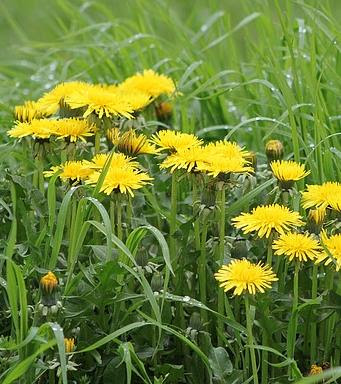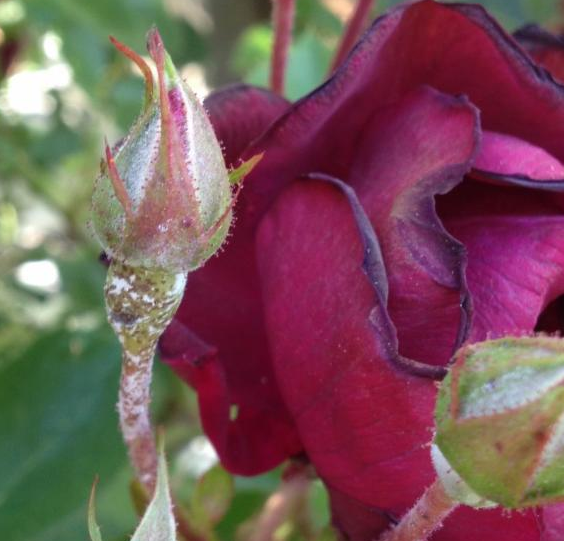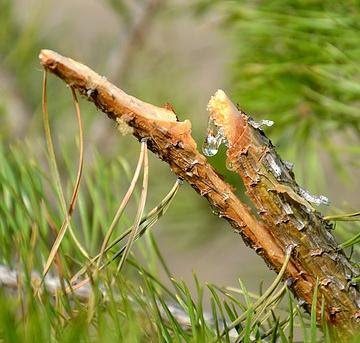It’s Garden Check-Up Time!
May 19, 2016
Filed under Blog
Wow, that was one winter… or spring… or maybe winter… that couldn’t make up its mind!Things should level out and dry up this month, so it’s time to start dealing with  the aftermath. Here are some major areas to think about as you come out of hibernation and assess where your yard needs to go from here:
the aftermath. Here are some major areas to think about as you come out of hibernation and assess where your yard needs to go from here:
 the aftermath. Here are some major areas to think about as you come out of hibernation and assess where your yard needs to go from here:
the aftermath. Here are some major areas to think about as you come out of hibernation and assess where your yard needs to go from here:The Grass Is As High As An Elephant’s Eye
We’ve barely had a dry week for months, which means that it’s nearly impossible to cut the grass or weeds down to a manageable level. Wild weed grasses are designed to grow fast and put out seeds in a hurry during our short wet season. Blink, and suddenly your dog is lost in a backyard corn maze. Not only do these weeds generate nasty seeds that can injure your pets, they can smother your smaller landscaping plants trying to emerge at this time of year, harbor plant diseases, and hide other noxious weeds like burr clover. Get rid of them as soon as you can for everybody’s comfort.
There’s a Fungus Among Us
Two fungal diseases that are especially fatal for plants are powdery mildew and black spot. Even if you don’t have three-foot-tall weeds hanging out between your rose bushes, these diseases are easily spread through spores that travel through the air or by water that’s splashed up from the ground. If you see black spot on your roses (which is easy to identify, since it’s literally black spots all over the leaves), treat them immediately with a fungicide spray. Make sure it will be dry for a couple of days before spraying so the fungicide isn’t washed off the leaves.
roses (which is easy to identify, since it’s literally black spots all over the leaves), treat them immediately with a fungicide spray. Make sure it will be dry for a couple of days before spraying so the fungicide isn’t washed off the leaves.
 roses (which is easy to identify, since it’s literally black spots all over the leaves), treat them immediately with a fungicide spray. Make sure it will be dry for a couple of days before spraying so the fungicide isn’t washed off the leaves.
roses (which is easy to identify, since it’s literally black spots all over the leaves), treat them immediately with a fungicide spray. Make sure it will be dry for a couple of days before spraying so the fungicide isn’t washed off the leaves.Powdery mildew is a very common problem and shows up as a white powder all over the leaves of your plants. Some plants are more affected than others, such as roses, zucchini, beans, lilacs, zinnias, and snapdragons. One of the factors that contributes to this problem is poor air circulation, so be sure your plants aren’t over-crowded. Also watch out for rust, another fungal disease that’s common on hollyhocks and, yes, roses again. Spray with a fungicide like you would for black spot.
Can You Dig It?
Our local clay soil should never be tilled or worked when wet. Clay is made of very fine particles which stick together in clumps and won’t allow air in, which means that plant roots will suffocate and rot. Wait until the dirt is just barely moist and crumbly enough to let compost be worked into it without sticking together in blobs like you’re about to make some pottery. If it doubt, wait and ask an expert for advice before firing up the rototiller.
 The Calm After the Storm
The Calm After the StormThere could be winter storm damage around your house that you’re not even aware of. Take a walk around and look for broken tree branches, failed or clogged gutters dripping where they shouldn’t be, or even soil ruts caused by storm water runoff, such as by downspouts or dirt hillsides that didn’t have adequate erosion control.
Fortunately, the Fix-It Professionals can help get your yard under control for summer enjoyment! Not only do we unclog gutters and till garden soil, we can de-jungle your garden so you can find your dog again! Whether you need your weeds whacked or some just storm-damaged branches hauled away, be sure to hire us on retainer for the very best price.
